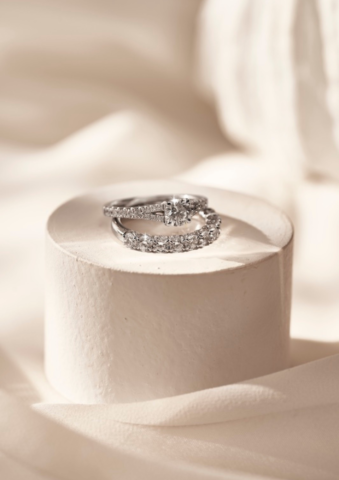Still Swinging
By Jo Phillips
Not only is the iconic art deco Shangri-La Apartment Hotel celebrating its 75th birthday this year, but Tamie Adaya, president and creative director of the hotel and the driving force behind the family-run business, has put together a stunning coffee table book to celebrate its’ 75 year history and is hosting a cocktail and canape party to celebrate at Sketch, London.
The hotel, set overlooking the pacific ocean, has existed since the jazz age and is a stunning chronicle of the best of Hollywood glamour, past, present and future. In fact, the guests range from A’List Hollywood stars from the Golden Age of glamour to, of course, present-day stars alongside royalty, fashion glitterati as well a politicians.
Opening its’ doors on May 1st 1940, with a clear ethos to bring people of wealth and distinction from every part of the globe together, in a relaxing and timeless retreat with a modern twist, offering discretion and privacy to it’s guests, alongside glamour and sophistication. It still holds true to these values, and alongside modern services ensures it is not and never will be another omnipresent modern hotel.
The property was given the name in honour of the 1937 film adaptation by Robert Conway of James Hilton’s novel ‘Lost Horizon’ which outlines the main idea of the fictional valley of Shangri-La that offers a seductive escape for its’ utopian community where everyone is kind to each other and where everyone is free of daily pressures and deadlines.
Architect William Foster had given the Shangri-La a modern design with a slight classic feeling. Being built next to the ocean, windows were made large, bringing lots of light into all the apartments. So the view works for itself and influences the whole interior but also exterior appearance. Having the idea of an open light space in mind, the architect decided on building open galleries on every floor that gives access to all apartments. Supplementary to the apartments on the fifth floor, there were a number of luxurious apartments on the sixth floor on which guests had access to a private roof-deck. There were two penthouse apartments on the upper floor which served the guests’ comfort and privacy.
Having survived World War II it continued its wave of success. In 1983, the Shangri-La was sold to Ahmad Adaya, so taken by the design of the Shangri-La, Ahmad Adaya tried to buy the hotel every day over a period of many months, until he was lucky enough to be able to. A new chapter in the Shangri-La’s history, the guests became “a big family”, according to former manager Dino Nanni.
As Adaya aged, his daughter Tamie began her turn at the helm of the hotel. With new visions and improvement plans Tamie wanted to stay true to the soul of the hotel, but also wanted to give the hotel back as much as the hotel had given to so many.
Because creativity is in her soul, Tamie understands the hotel’s unique place as a space where intellectual, literary, and edgy artistic subcultures meet, think alternative culture in the lineage of the Bloomsbury Set, Andy Warhol’s Factory whilst following the tradition of the famous French salons of the 17th and 18th centuries. She instinctively understood that the rooms and amenities had to match and be every bit as great as the original builder Frank Gillespie had created.

Therefore, under her creative direction, 71 rooms and suites have been redecorated, alongside the rooftop bar with stunning views of the Southern California coastline, ocean-view dining in a new restaurant, a custom designed penthouse, rock n’ roll suite, and a luxury courtyard complete with pool, hot tub and fire pit! This way ensuring its modernity alongside it’s Jazz heritage.
The hotel has also been featured in Time magazine as being one of the top six ‘green’ hotels in the world and The Santa Monica Conservancy awarded Tamie its preservation award for an exemplary restoration.

Guests over the recent years include Bill Clinton, Elizabeth Taylor and many more. Again as Dino Nanni says: “What made this place so special for the Hollywood crowd is that they never were bothered by anyone. They could walk around the corner to the street market and purchase fresh produce and return to their rooms and cook up their own meals.” It gives people who live in luxury, but not in privacy, the luxury of privacy.
Esteemed fashion photographer Bruce Weber described it as “A home away from home” and while it has gone through many historical changes and cultural transitions, it has maintained its’ reputation as a cultural landmark in Santa Monica.







